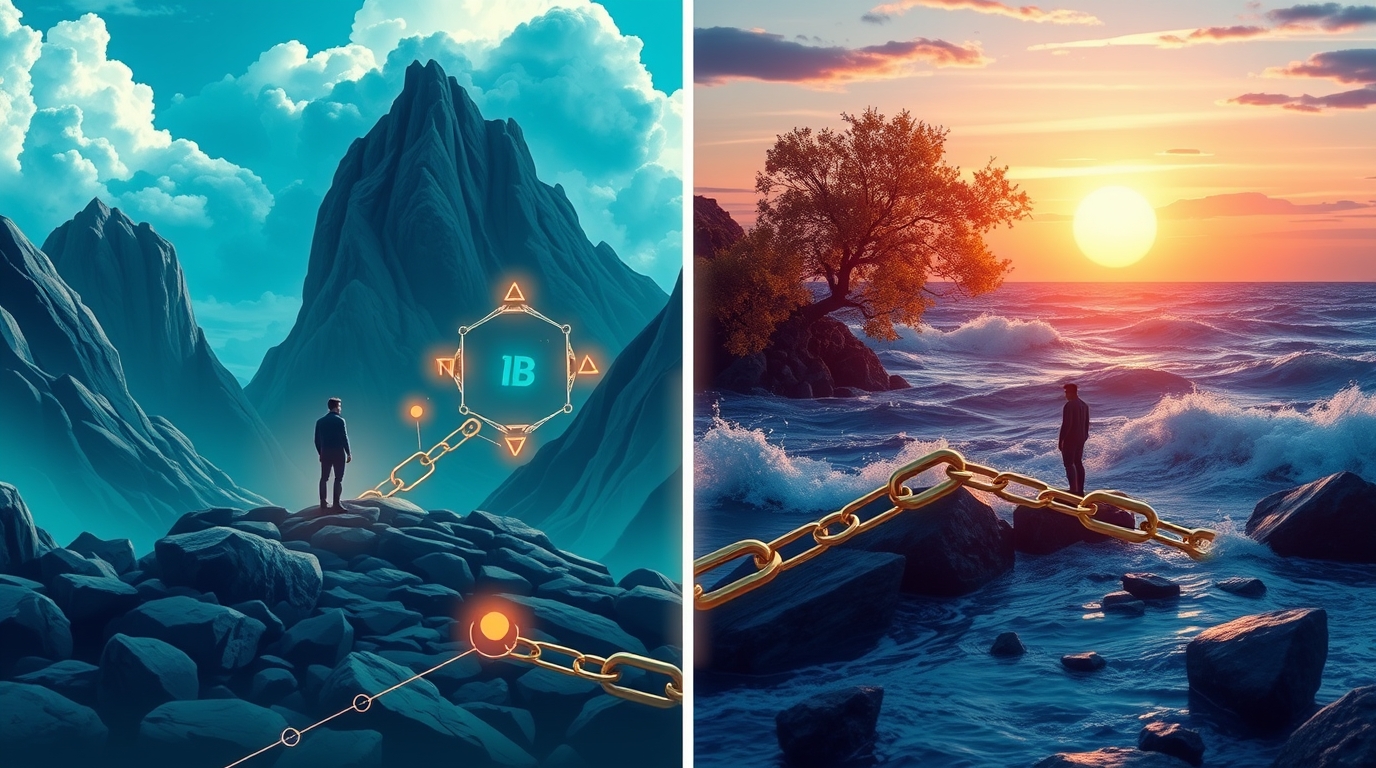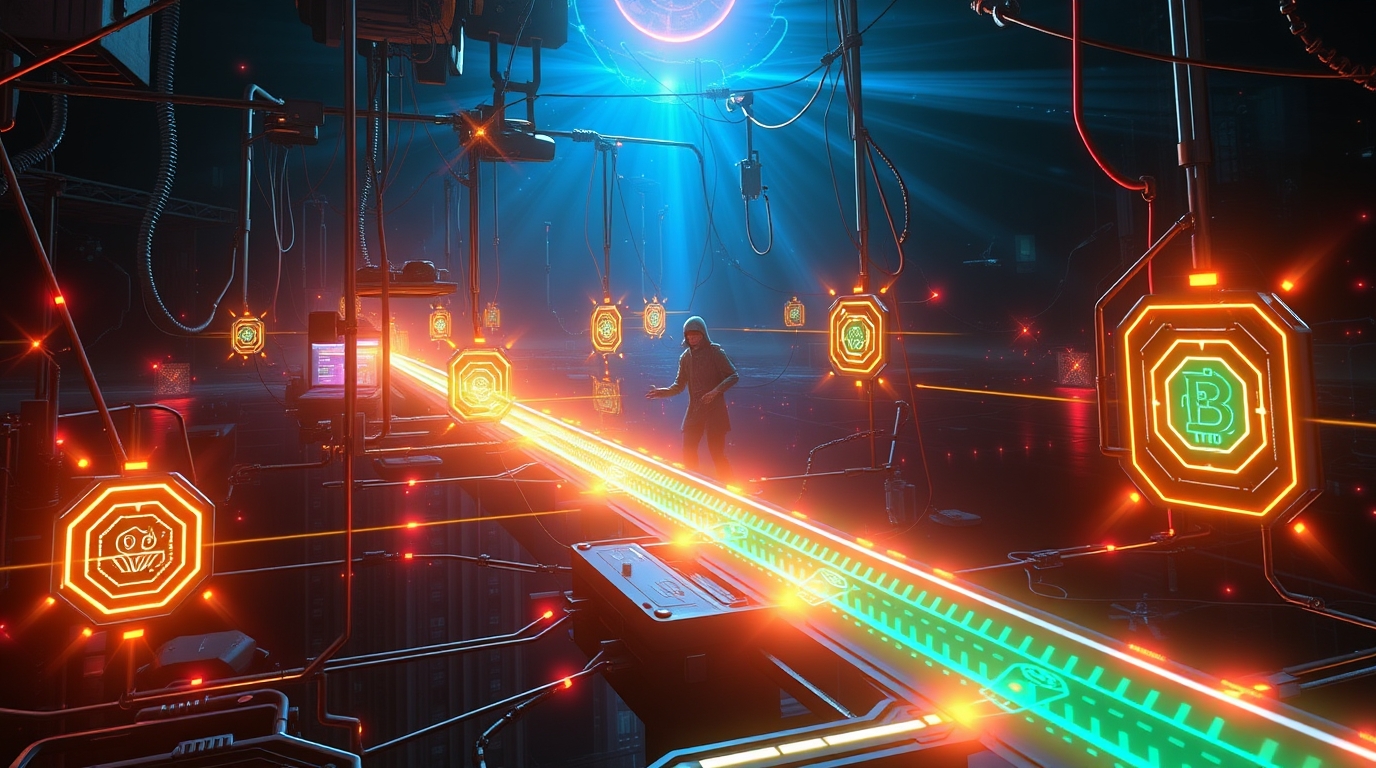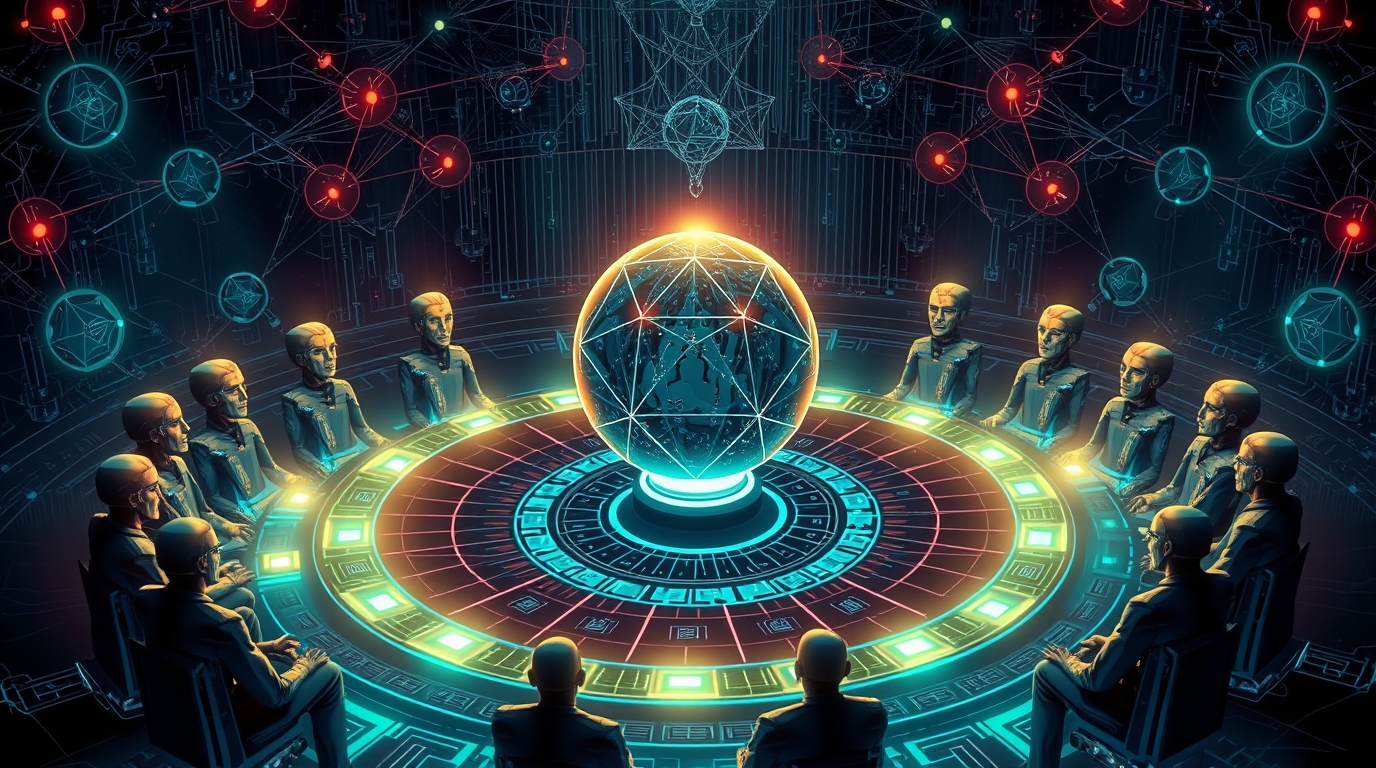
Video content generation is leaping forward thanks to advancements like Sora’s AI-powered technology, but what if we paired it with the transformative capabilities of blockchain and decentralized finance (DeFi)? The combination of these cutting-edge technologies could not only redefine how videos are created but also revolutionize ownership, monetization, and distribution in a decentralized digital ecosystem.
This integration would introduce entirely new paradigms for creators, consumers, and businesses. In this blog, we’ll explore how Sora’s video generation capabilities intersect with blockchain and DeFi, and we’ll unpack the real-world applications, challenges, and future possibilities of this dynamic duo.
What Is Sora Video Generation in a Blockchain Context?
Sora video generation uses AI to produce high-quality, personalized video content based on user inputs. Blockchain, on the other hand, is a decentralized ledger technology that ensures transparency, immutability, and security in transactions and data sharing. When these two technologies converge, they unlock a whole new set of opportunities for video content creation, ownership, and monetization.

Here’s the big picture: blockchain can act as the backbone for verifying the authenticity of AI-generated videos, securely storing ownership metadata, and facilitating peer-to-peer monetization through DeFi protocols. This ensures creators retain control of their work while enabling fair and transparent compensation models.
Ownership and Authenticity with NFTs
One of the most exciting intersections of blockchain and Sora video generation is the use of non-fungible tokens (NFTs). NFTs can represent ownership of digital assets, including videos, and provide a transparent, tamper-proof record of that ownership.
How It Works:
- When a video is generated using Sora, it can be minted as an NFT on a blockchain platform.
- The NFT serves as proof of ownership, containing metadata about the creator, creation date, and even unique AI parameters used to generate the video.
- This creates an immutable, verifiable record, ensuring the originality of the content.
Why It Matters:
For creators, this means their work is protected from unauthorized duplication or misuse. It also allows for secondary markets where buyers can resell NFT-backed videos, with smart contracts ensuring royalties flow back to the original creator every time the asset changes hands.
Decentralized Content Distribution
Traditional content distribution platforms, like YouTube or Netflix, operate under centralized models where they control the hosting, monetization, and visibility of content. Integrating blockchain with Sora video generation could decentralize this process entirely.

Decentralized Storage:
Generated videos could be stored on decentralized storage networks like IPFS (InterPlanetary File System) or Filecoin, ensuring secure, censorship-resistant access.
Smart Contracts for Distribution:
Smart contracts could automate the distribution of generated content, allowing creators to specify:
- Who can access their videos.
- Pricing models (e.g., pay-per-view, subscription).
- Revenue splits among collaborators.
Benefits:
- Lower Fees: By cutting out middlemen, creators retain a larger share of their earnings.
- Transparency: Blockchain ensures that every transaction and revenue flow is visible to all parties.
- Global Reach: Decentralized networks enable content to reach audiences worldwide without geographic or political restrictions.
Tokenized Incentives for Content Creation and Engagement
Blockchain and DeFi can introduce new ways to incentivize participation in the video ecosystem. Through tokenized rewards, both creators and viewers could benefit from their contributions.
For Creators:
- Creators could earn cryptocurrency tokens for generating content.
- These tokens could be staked in DeFi protocols for additional rewards or traded on decentralized exchanges.
For Viewers:
- Viewers could earn tokens for engaging with content, such as watching, sharing, or providing feedback on Sora-generated videos.
- These tokens could be used to access premium content, purchase NFTs, or even vote on the types of videos they want creators to produce.
Example Use Case:
A creator uploads a Sora-generated video to a decentralized platform. Viewers pay to watch the video using the platform’s native token, and a portion of these earnings is automatically distributed to the creator, collaborators, and even early supporters who helped fund the project through a token-based crowdfunding campaign.
Crowdfunding for Video Projects with DeFi
DeFi is already reshaping traditional finance by enabling peer-to-peer lending and borrowing. For video creators, this could mean new avenues for crowdfunding projects.
How It Works:
- Creators pitch their video ideas to potential backers on a blockchain platform.
- Backers contribute funds in cryptocurrency, receiving tokens or NFT-backed shares in the project in return.
- These tokens could represent a stake in future revenue or grant exclusive access to the completed video.
DeFi’s Role:
DeFi protocols could enable creators to:
- Borrow funds using NFT-backed assets as collateral.
- Offer yield-bearing tokens to backers, where returns are tied to the success of the video project.
This model democratizes funding, allowing creators to bypass traditional gatekeepers like production studios or ad networks.
AI Governance and Decentralized DAOs
The integration of blockchain and AI doesn’t just stop at video creation—it can extend to how decisions are made in video ecosystems. Decentralized Autonomous Organizations (DAOs) could oversee the development and governance of Sora-based platforms.

How DAOs Work:
- Token holders can vote on key decisions, such as platform policies, revenue-sharing models, or feature development.
- Governance is decentralized, ensuring that no single entity controls the system.
Example:
A Sora-powered content platform could be governed by its users, who vote on which features to prioritize or how to allocate funds for platform improvements. Creators and viewers alike could have a say in shaping the ecosystem.
Monetization Through Streaming and DeFi
Incorporating DeFi into video streaming could open up new ways to monetize Sora-generated content.
Streaming Payments:
- Instead of flat subscription fees, viewers could pay per second or minute of video they consume, with payments processed instantly via blockchain.
- Smart contracts could split these payments among all stakeholders, including the creator, collaborators, and even AI model developers.
DeFi Yield Integration:
- Revenue earned from video streams could be automatically deposited into DeFi protocols, earning creators passive income through staking or yield farming.
- This creates a sustainable income stream that grows over time.
Challenges to Overcome
While the potential is immense, there are challenges to integrating Sora video generation with blockchain and DeFi:
- Scalability: Blockchain networks need to handle the massive data demands of video storage and distribution.
- Energy Consumption: Both AI and blockchain are computationally intensive, raising concerns about sustainability.
- User Experience: For mass adoption, platforms must simplify processes like NFT minting, crypto payments, and DeFi participation.
- Ethics and Misinformation: The authenticity of AI-generated videos must be maintained to prevent misuse, such as deepfakes. Blockchain can help verify legitimacy, but it’s not a foolproof solution.
The Future Ahead
Integrating Sora video generation with blockchain and DeFi isn’t just a technological mashup—it’s a transformative leap toward a decentralized creator economy. By combining AI-powered creativity with the transparency and fairness of blockchain, we can empower creators, reward engagement, and build a global video ecosystem that’s accessible to everyone.
The potential applications span industries—from personalized content ownership and decentralized funding to tokenized engagement and sustainable monetization models. Challenges will arise, but with innovation and collaboration, these hurdles can be overcome.
As these technologies mature, one thing is clear: the future of video is decentralized, AI-powered, and shaped by the collective creativity of its participants. Whether you’re a creator, viewer, or innovator, the Sora-blockchain-DeFi trifecta is poised to redefine how we create, share, and experience video content in the digital age.
Must Read : Dystopian Future Governance

